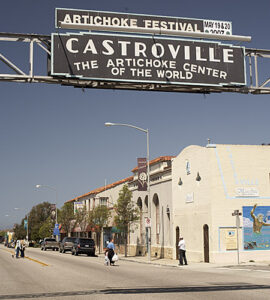In 2004, when owing to accidental bipartisanship between then Opposition Leader Mark Latham and Howard, the Aboriginal and Torres Strait Islander Commission (ATSIC) was abolished.
This was written by Jon Altman. I was somewhat bemused by the comment in Crikey when they were listing interventions in Aboriginal Affairs by government, it seemed to draw upon this comment. When such an assertion is made, it should be complete. The action should not be divorced from the antics of Geoff Clark, ATSIC’s last Chair, which provided that unsympathetic political duo of Latham and Howard, natural bedfellows separated by Party allegiance, the excuse to close ATSIC down. Mention of Howard and Latham immediately engenders a reaction from the instinctive “YES” to such a decision. ATSIC was a Hawke initiative enacted in 1990 and, despite Howard reducing its funding when he came to power, would have survived if the Man from Framlingham had not manoeuvred himself into the role of ATSIC boss.
As The Conversation has recently reminded its readers, ATSIC’s primary roles were to formulate and monitor programs, develop policy proposals, advise the minister and coordinate activities at all levels of government. It spent Commonwealth government funds on specific programs, measured in terms of achieving social justice.
Sound familiar? There has been some discussion about the difference between ATSIC and the Voice – none of which is particularly convincing. There is no guarantee that the Voice will not end up like ATSIC, except if the referendum is passed it will be enshrined in the Australian Constitution. However, just because it is so enshrined, it does not mean that Government needs to do anything about it. For instance, the provision of dental benefits for Australians is enshrined in the Constitution, but no Government has ever addressed this power.
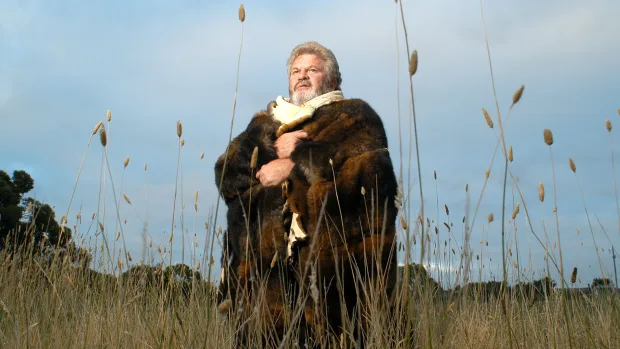
But back to the embers of another time when an Aboriginal organisation had been assigned considerable responsibility and funding. The sparks still fly from once was a vibrant organisation. Ironically in this coming October when we have ben asked to vote on the Voice, Clark and members of his immediate family have been arraigned on over 300 charges of fraud, with the case set down in the Victorian County Court. They were first charged in 2019, and the basis for the charges stretches back years before 2004 when ATSIC was being trashed. Now why has Geoff Clark not been asked about the Voice?
He is an inconvenience, but he would not be the first or the last to be what the media call a “colourful personality”.
Was Ronald Dale Barassi the Greatest Australian Rules Footballer Ever?
Ron Barassi died this week at the age of 87.
I grew up playing Australian Rules football. The twelve elite football teams were part of the Victorian Football League. In 1957, my club Essendon played extremely well in the second quarter of the second semi-final and won the game. It was unexpected given that Melbourne was highly favoured, having won the premiership in each of the previous two years. Thus, I, the optimist, went to the Grand Final, where Essendon were again facing Melbourne two weeks later in the Grand Final. I found myself behind the goals to which Melbourne were kicking in the first quarter.
 The ball was bounced and was kicked towards the Melbourne goal. Suddenly, out of the pack Ron Barassi exploded, grabbed the ball, kicked the goal. In less than a minute, the Grand Final was over. Barassi went on to be best on ground, kicking five goals. Melbourne won by 61 points.
The ball was bounced and was kicked towards the Melbourne goal. Suddenly, out of the pack Ron Barassi exploded, grabbed the ball, kicked the goal. In less than a minute, the Grand Final was over. Barassi went on to be best on ground, kicking five goals. Melbourne won by 61 points.
That was Barassi, the fearless, the impetuous, a football genius in a very good team, such as Melbourne which won six premierships between 1955 and 1964. The only time Melbourne lost unexpectedly was in 1958 when Barassi was brutally taken out of the game.
Barassi’s style of play presaged the change in the game which occurred with the introduction of the interchange. Coaching Carlton in winning the 1970 premiership over Collingwood he told his team to move the ball forward at all costs. This use of handball was an example of a Barassi masterclass. Interchange was eventually introduced in 1978, and handball execution is one of the main areas which separates the champion team from the lesser teams.
My other reminder of Barassi was very different. I used to drive the Hamilton Highway every other week. It was far different from the Princes Highway which also connected Geelong with the Western District of Victoria. It was essentially a speed track as mostly it passed through small townships, and in parts was very straight. The joy then was traffic on the Hamilton Highway was sparse, there were few trucks and police patrols were rare.
Lismore is a small township on the Western Plains about 100 kms from Geelong, where I would sometimes stop for a pie and coffee. Approaching the township from the west is an innocuous line of trees. In October 1976, Barassi was driving his blue Mercedes when he wrapped it around one of these trees, seriously injuring himself and his passenger, Neil Roberts, also a former champion footballer. Both eventually recovered, but Barassi lost his spleen, which meant that he had to take prophylactic antibiotics for the rest of his life.
Every time afterwards when I drove through Lismore I saw the tree remnant which remained. It served as a reminder of an episode where both Barassi and Roberts dodged the Fell Sergeant.
Even more so when it occurs to yourself. A major car accident on country roads is a test of the will to live, as I found out almost five years later when I wrapped myself around an electricity pole near Shepparton.
It is strange what you remember, when others have a closer association with a man who had the presence that would suck up the power in any gathering he joined. This is a special quality, which in turn made it difficult for him to have ever been anonymous – even if he ever would have wanted to be.
Plied with Privilege
This week, Delta Air Lines announced sweeping changes to frequent-flier perks that will start in 2024. While the airline says its revamped system has “simplified” the SkyMiles program for repeat customers, it’s actually dealing a significant blow to the middle class of travellers, inciting outrage on social media and promises from some to quit flying Delta altogether.
In a Tuesday announcement, the Atlanta-based airline detailed how it would make it much more difficult to earn coveted Medallion status. Simultaneously, it plans to take away unlimited access for American Express cardholders to its Sky Club lounges, some of the swankiest in the United States. Washington Post 16 September.

If you take a plane from Essendon Airport in Melbourne, it is as though you are vaulted back into a time when it was the major airport. It is still a place used by some of the small regional airlines.
There was no problem parking. It is free.
You would mill around as you do now. There is a café where you can buy coffee and a snack. The call for your flight. Paper ticket checked. You stroll out to the plane. There is no security.
That was how it was once in simpler times. Of course, plane travel then was relatively uncommon and comparatively expensive.
When I first joined Bill Snedden as his principal private secretary in 1973, Snedden had access to the airport manager’s office. This enabled him to make private phone conversations and shielded him from the “glad-handers”. Lounges did not exist back then in the early seventies.
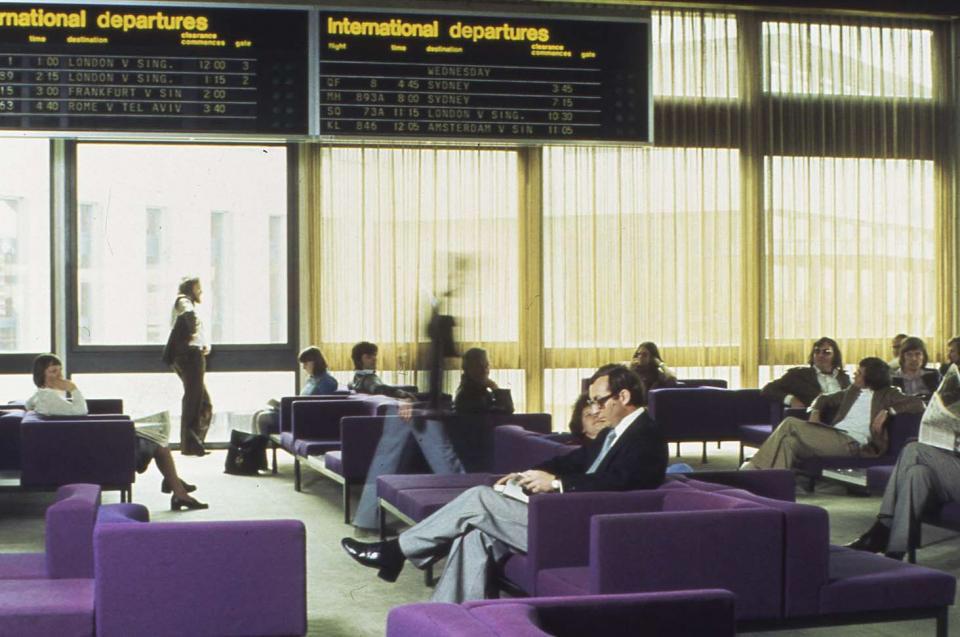
There was no security then to negotiate. This was fortunate, for Snedden was notorious for being late. There was one occasion when I had to wrangle delaying the plane to Canberra until he arrived. Oh, for the good ol’ days, when the media cut you slack and there were no barriers to boarding, bar the ticket.
Snedden always flew Ansett until its demise. I became inured to travelling almost exclusively on the airline. I was surprised when I was invited in a friendly letter from Ron Eddington to join the Ansett equivalent of the Captain’s Club. I always thought it a case of mistaken identity, and my membership was withdrawn a few months before the airline went “bottoms up”. It was certainly convenient, and it was a time before the iPhone changed the dynamics in relation to ease of communication.
Once frequent flyer points became available in the 1980s, they were awarded to individuals, this privilege did not differentiate the payer, and employers made rules on a case by case by case. Membership gave access to lounge facilities, but airlines set up further special privileged areas to shield the Chosen. It was just a variation of the ancient differentiation between patricians and plebeians, although with a difference. The Frequent Flyer lounges became themselves differentiated depending on the frequency of flying – bronze-silver-gold-platinum hierarchy.
The reason for privacy which provided once a legitimate excuse back before the lounge proliferation was rendered obsolete with the advent of mobile phones. The lounge land lines were no longer required, and when one reflects on the whole matter of privacy, in these Captain’s Clubs with their concentration of the important, there are only so many corners for the conspiratorial phone exchanges.
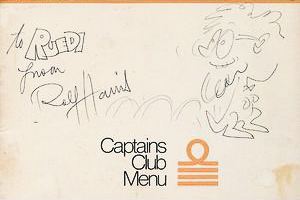
The Qantas’ Captain’s Club is essentially a concierge service for the politicians and their ilk to send off their accompanying staffers to ensure that they would be at the front of the queue when there are “stuff-ups”, which became the Joyce signature contribution to airline travel.
Thus, the Captain’s Club members have endured minimal pain. While ensconced in their Lounge they gossiped over their single malt, in the Departure areas, the ordinary passengers milled around with minimal service, minimal information.
I just stopped flying, even though once the wheelchair arrived, “going to gate” had been well organised, but even in this service there were cracks.
Joyce knew precisely that everybody loves a “freebie”, especially if it projects an aura of exclusivity. He was not the only one, and once the Joyce brand of toxic leadership becomes a distant memory, the privileged Captain’s Club will resume transmission, perhaps a slate of those eligible, with a limited number of Captain’s pick. It should be acknowledged, that the new CEO cut her gold implants on determining who was on and who was not on the List. The List of those inducted into these Halls of Name should be published. But the single malt will remain, as will the sophistry of the reasons for the continuing existence of this pool of privilege. Unless Qantas takes the route of the American airlines and make itself even more unpopular.
Nevertheless, there is an important administrative dimension to the top-end exclusivity. At least, they have herded those with a sense of entitlement into the one space, and thus when there is a “stuff-up”, you do not have these individuals and their retinue running free around airports crying out how important they are and why they should be number one in the queue and thus potentially causing even more chaos.
Finally, as illustrative of those days when there were no lounges but there were still persons of entitlement, one of my colleagues told me that he was at the Delhi Airport as a staffer for a very important Head of a very important Government Department awaiting to be called to their flight when a Douglas DC-8 crashed short of the airport, killing 10 of 11 crew members, and 72 of 76 passengers. The Very Important Bureaucrat’s response: Bugger the crash, I need to get back to Australia.
The chaos thus had not deterred the Very Important Bureaucrat from ordering my mate to get him on a flight. The airport was closed, but Sense of Entitlement trumps everything, even if my mate could not even find a phone.
The Royal Flying Doctor Service (RFDS)
 Having worked with and for the Royal Flying Doctor Service (RFDS), I was somewhat surprised by the latest advertisement seeking contributions from the public. Depressingly all the images are of whitefellas being treated in what are unconvincing imagery. To spend a great deal of money to provide an aerial medical service to the outback stations and small settlements without any acknowledgement that one of the major communities which require the service RFDS is the Aboriginal community.
Having worked with and for the Royal Flying Doctor Service (RFDS), I was somewhat surprised by the latest advertisement seeking contributions from the public. Depressingly all the images are of whitefellas being treated in what are unconvincing imagery. To spend a great deal of money to provide an aerial medical service to the outback stations and small settlements without any acknowledgement that one of the major communities which require the service RFDS is the Aboriginal community.
To show a service which is all-white at a time when there is a community debate on the place of Aboriginals in the future of the nation is also somewhat insensitive. Then when you look up the search engine, RFDS was certainly linked to the Voice – but only because there are two TV programs of those names being produced by Channel 7. One the normal bodice-tearing dramas where (a) the RFDS provides an action-packed background for the activities of over-sexed screen doctors and nurses and (b) the Voice is an all-aged vocal contest to see who can scream the loudest and a set of judges who speak in exclamation marks.
Data on the impact of providing health care for Aboriginal communities is incomplete. Quoting one data set, it showed that between July 2013 and December 2015, the RFDS conducted 75,763 aeromedical retrievals, equivalent to 83 aeromedical retrievals per day. Indigenous status was recorded for 62,528 patients. Of the 62,528 retrievals, 17,606 (28.2%) aeromedical retrievals were Aboriginal Australians from remote Australia.
When I first worked with the RFDS, many of the key performance indicators (KPI) were based on aircraft performance rather than health care. Under Clyde Thomson, then CEO Royal Flying Doctor Service of Australia (SE Section) and for a crucial concurrent period Chair of the Broken Hill Hospital, the RFDS ran health care clinics at Wilcannia, a predominantly Aboriginal town on the Darling River 100 km to the east of Broken Hill. With the introduction of the Sydney University Department of Rural Health, Aboriginal health care became a very important component of RFDS health care.
Thus, 20 years later, here is an RFDS advertisement seeking donations, with ne’er a mention of its contribution to Aboriginal health care. As I said above, depressing.
Who would have thought it!
There are seven States which deliberately or inadvertently still have Confederate symbolism. The most Confederate characteristic is the gaudily painted Cross of St Andrew. But there are others, such as the State of California, hardly a Southern Republican State, which have a different symbolism. Nevertheless, the symbolism is linked to the Confederacy. The challenge is whether anybody cares despite the exhortation at the end of this description. Well, as long as the Cross of St Andrew is banished. In the case of California, it is that bear! Read on.
In June 1846, a couple dozen American men in what was then the Mexican region of Alta California took over an unarmed fort in Sonoma and raised a flag painted with a red star, a grizzly bear and the words “California Republic”. Some of them were maybe a bit drunk.
A few weeks later, a U.S. naval squadron showed up in Monterey, and its confused commanding officer raised the Stars and Stripes and claimed California for the United States. The “Bear Flaggers” lowered their banner, and four years and a war with Mexico later, California joined the Union as a free state, meaning slavery was banned. Decades later, in the early 20th century, a version of the Bear Flag became California’s state flag.
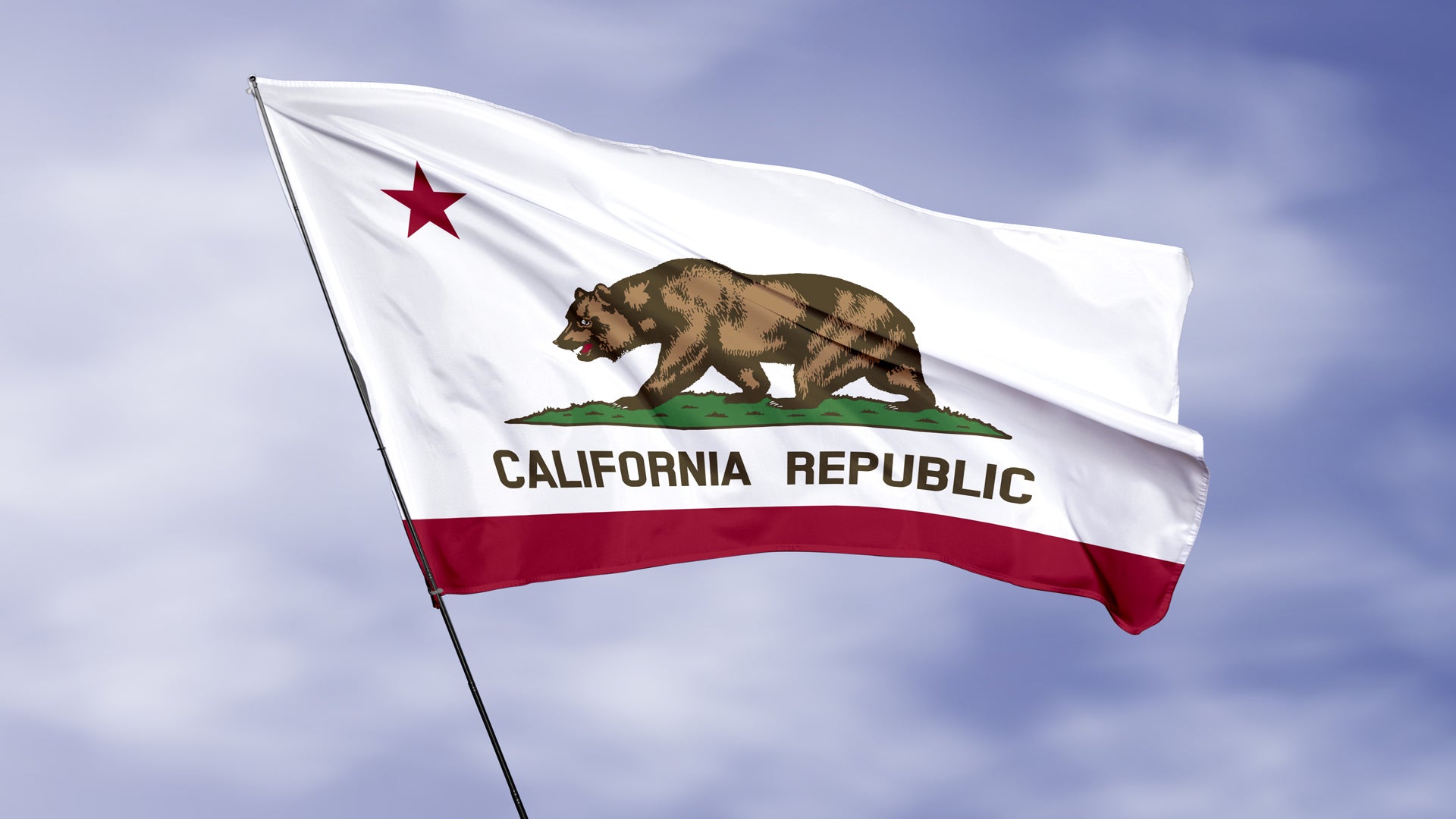
So what does all that have to do with the Confederacy?
First, California might have been a free state on paper, but it wasn’t in practice. Many of its early American settlers were proslavery Southerners who brought enslaved people with them, and others enslaved the Indigenous people there, including most of the Bear Flaggers, according to historian Jean Pfaelzer in her recent book, “California, a Slave State”. Enslavers used slave labour in the gold mines, advertised slave auctions in newspapers and went to great lengths to conceal from their human chattel that they were actually legally free. Numerous records show California abolitionists purchasing enslaved people to grant them the freedom they were already supposed to have.
As the nation descended into civil war, Californians were fiercely split, and a number of communities flew the disused bear flag to express their support for secession and slavery. Some even proposed the Pacific states break off and form their own nation.
In 1911, the bear flag design became the official state flag, and once again the move was stained with racism, journalist Alex Abella wrote in a 2015 opinion piece for the Los Angeles Times. The flag had been revived again by the Native Sons of the Golden West, a Whites-only fraternal group that pushed anti-Asian immigration laws and whose president wrote in 1920, “California was given by God to a white people, and with God’s strength we want to keep it as He gave it to us.” The lawmaker who introduced the flag legislation in 1911 was a member of the group, according to Abella, and proposed anti-Asian legislation in the same legislative session.
“It’s time California dump that flag,” Abella wrote. “Like the Confederate cross of St. Andrew, the Bear Flag is a symbol whose time has come and gone.”
Mouse Whisper
I got a free ride – tucked away in my straw nest in the Car. We went to Queensland, and I was able to catch up with my banana-bender relatives.
Then I saw them.
 What were those long poles doing lining the highway at intervals? There were about 20 metres high and near the top had cross bars, which gave the impression of a very elongated Cross of Lorraine and short pieces of white pipe. Enquiries found that they were gliders’ poles to enable the sugar and squirrel gliders to cross the highway, and even if they don’t make the top they often land down the pole and scramble to the top. If the distance is too far to glide – thirty metres is taken as a benchmark – a box rope ladder is strung between the two poles, and thus the glider can climb across the remaining distance “unglided”. Got to watch out for the circling hawks and eagles though.
What were those long poles doing lining the highway at intervals? There were about 20 metres high and near the top had cross bars, which gave the impression of a very elongated Cross of Lorraine and short pieces of white pipe. Enquiries found that they were gliders’ poles to enable the sugar and squirrel gliders to cross the highway, and even if they don’t make the top they often land down the pole and scramble to the top. If the distance is too far to glide – thirty metres is taken as a benchmark – a box rope ladder is strung between the two poles, and thus the glider can climb across the remaining distance “unglided”. Got to watch out for the circling hawks and eagles though.
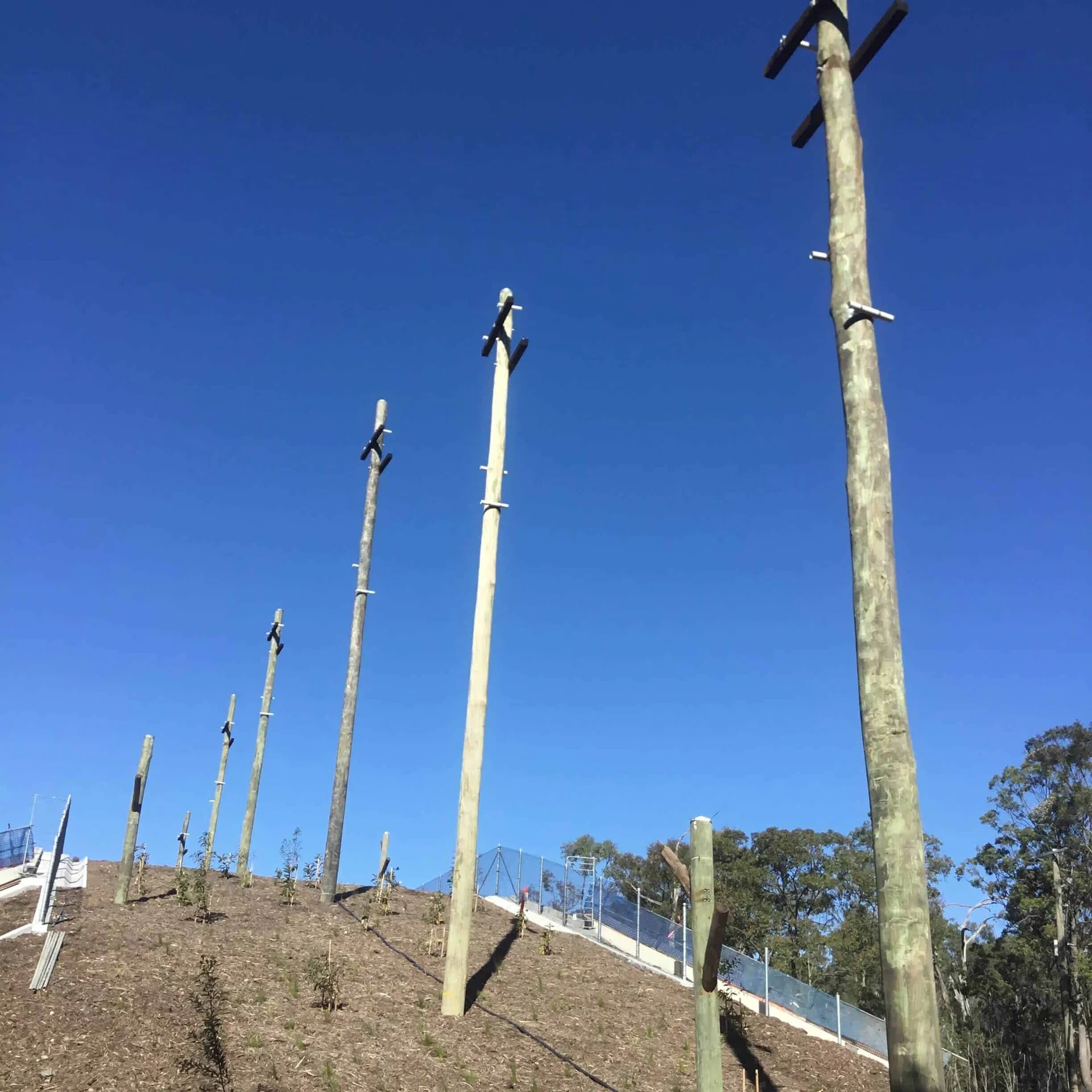

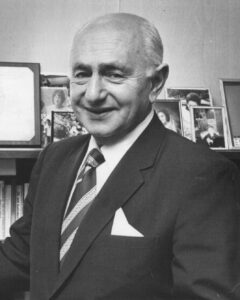
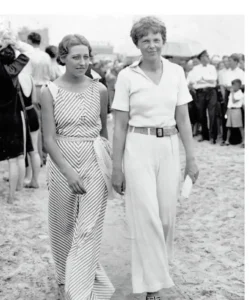

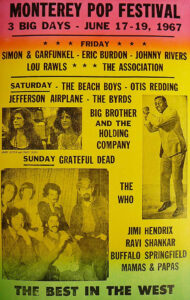 I first saw “Monterey Pop” a decade earlier in 1968. “Monterey Pop” was the filmed recollection of that 1967 Pop Festival, where, among others, Janis Joplin and Jimi Hendricks burst into view. There was “Pearl” as Janis Joplin was known, belting out songs with that raw emotion. As I write, I still feel sorry about Pearl, even though she had been dead for 17 years.
I first saw “Monterey Pop” a decade earlier in 1968. “Monterey Pop” was the filmed recollection of that 1967 Pop Festival, where, among others, Janis Joplin and Jimi Hendricks burst into view. There was “Pearl” as Janis Joplin was known, belting out songs with that raw emotion. As I write, I still feel sorry about Pearl, even though she had been dead for 17 years.
